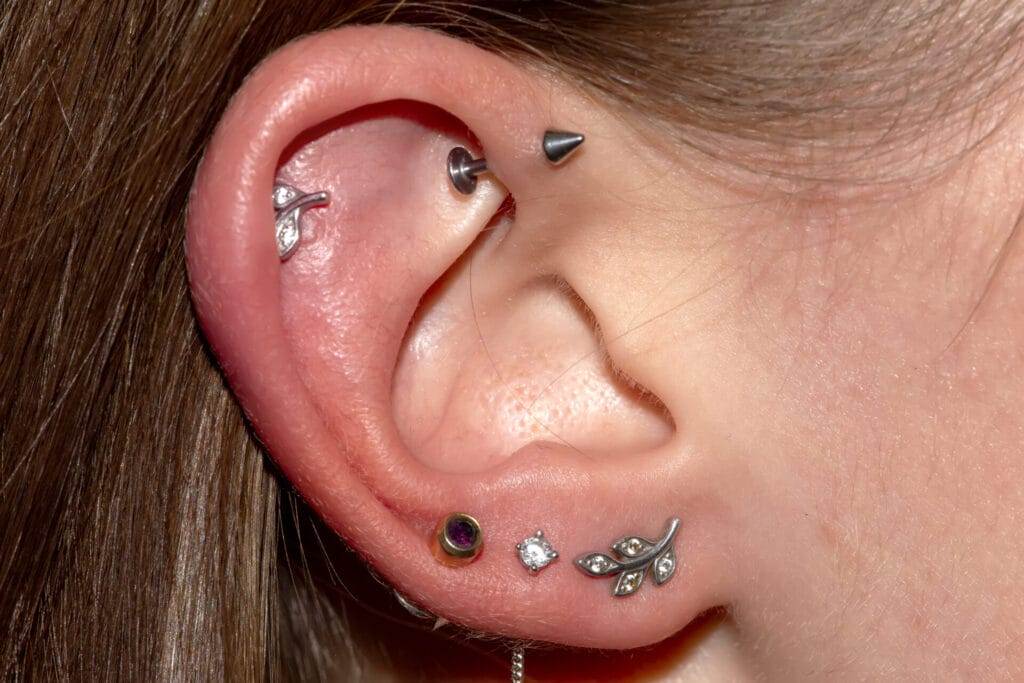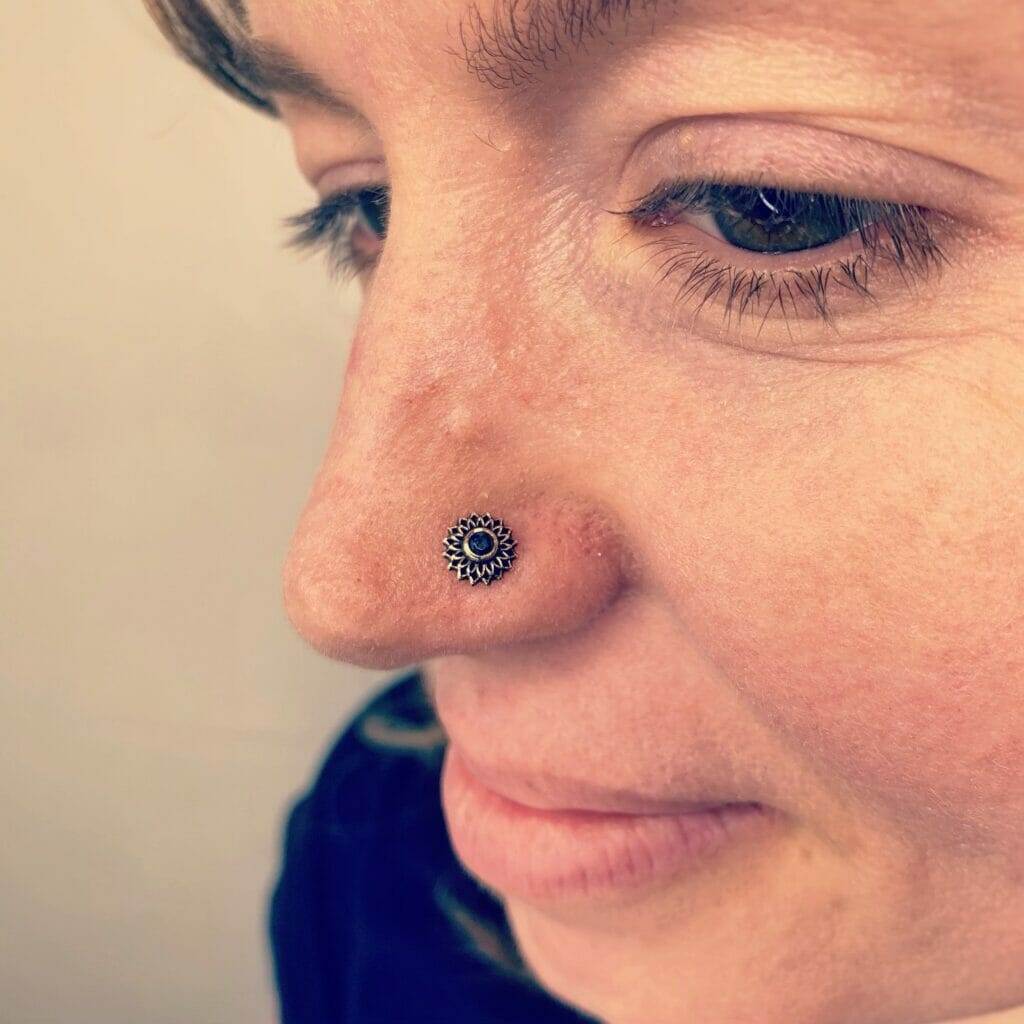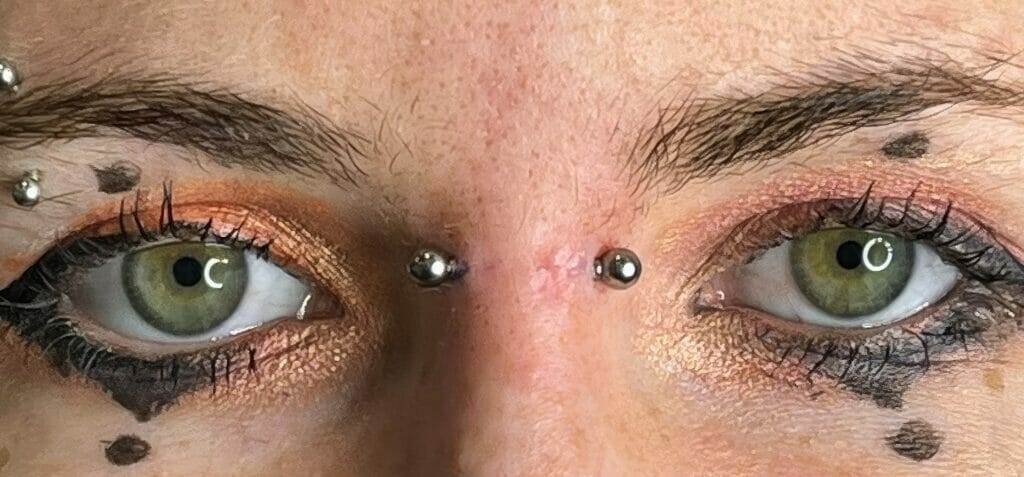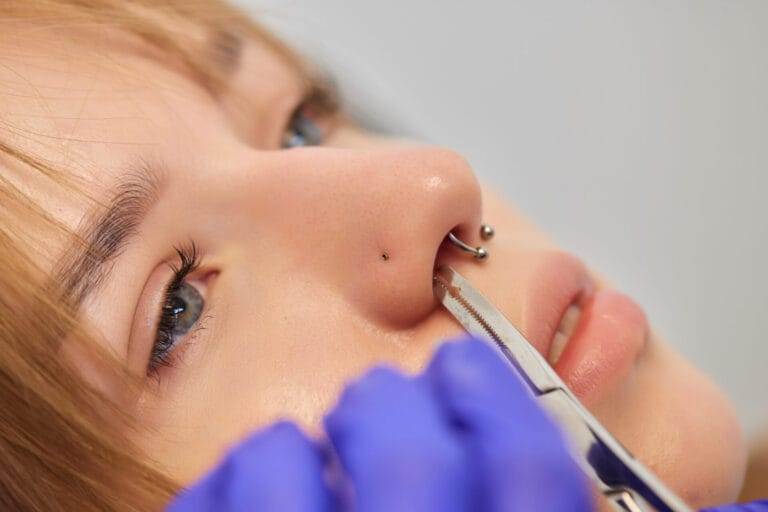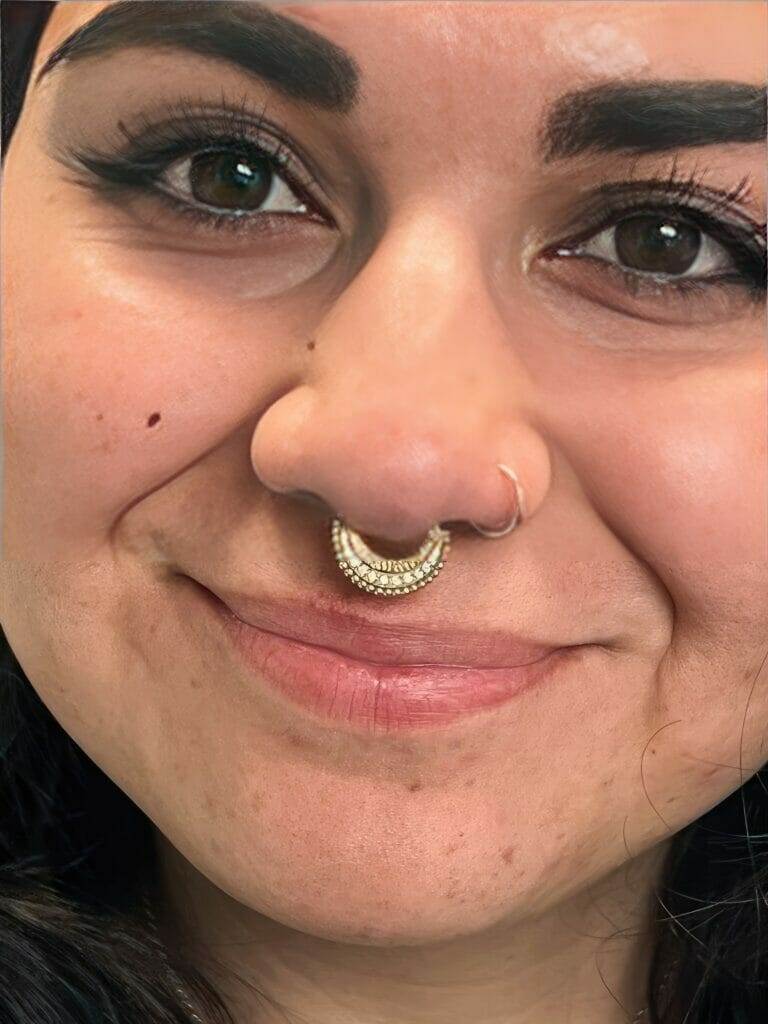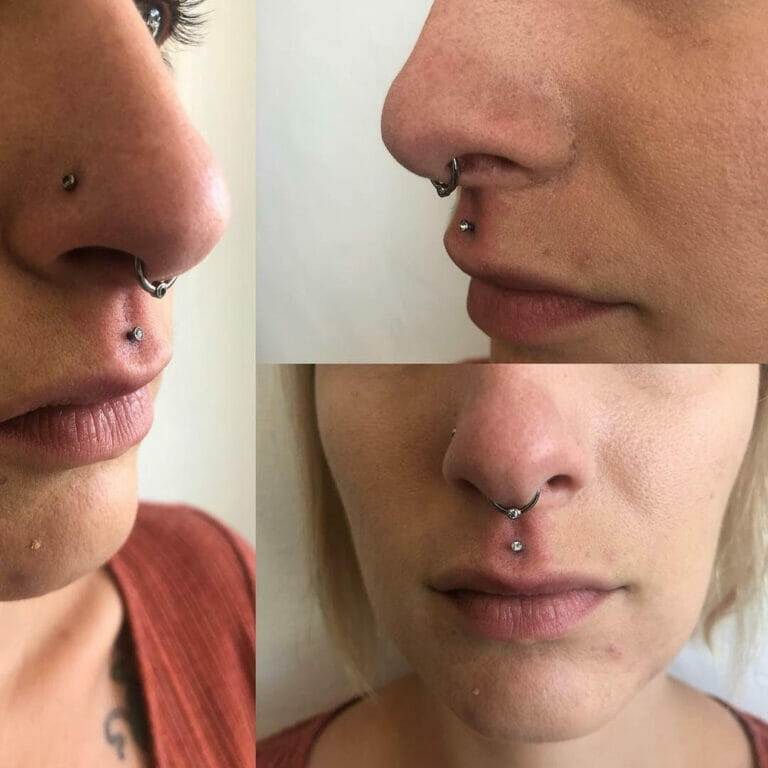A brief overview of body piercing and its popularity
Body piercing is a form of body modification that involves puncturing or cutting a part of the human body to create an opening in which jewelry can be worn. It has been practiced for thousands of years in various cultures around the world. In recent decades, body piercing has gained significant popularity in mainstream society, transcending its previous association with subcultures and becoming a mainstream trend.
Reasons for the growing popularity of body piercing
There are several reasons why body piercing has become increasingly popular in recent years:
- Self-expression and individuality: Many people view body piercing as a form of self-expression and a way to showcase their individuality. By adorning their bodies with unique jewelry placements, individuals can communicate their personal style and preferences.
- Fashion and trends: The influence of celebrities, influencers, and social media has played a significant role in popularizing body piercings. People often get inspired by their favorite stars and influencers who flaunt their body piercings, causing them to embrace the trend themselves.
- Acceptance and normalization: Society’s attitude towards body piercing has changed over time, with it becoming more accepted and normalized. With the increasing number of people sporting body piercings, it has become less stigmatized and more socially acceptable.
- Easy accessibility: The availability of professional body piercing studios and trained piercers has made it easier for individuals to get piercings safely. This accessibility has contributed to the growing popularity of body piercings.
While body piercing continues to evolve and gain further acceptance, it is essential to remember that getting a piercing is a personal decision that should be made after careful consideration and consultation with a professional piercer.
Preparing for Your Piercing
Understanding the piercing process and aftercare
Before getting a body piercing, it is important to have a clear understanding of the entire process and the aftercare involved. Start by researching different piercing types and their healing times to help you make an informed decision. It is highly recommended to consult with a professional piercer who can provide detailed information about the procedure, potential risks, and proper aftercare.
Cleaning and caring for the piercing area beforehand

To ensure a successful and safe piercing, it is crucial to prepare the piercing area properly. Clean the area around the chosen piercing with a mild, fragrance-free soap and warm water. Avoid using harsh cleansers or antiseptics as they can irritate the skin. It is also best to refrain from applying any lotions, oils, or moisturizers to the area before the piercing to prevent potential complications.
During the piercing process, it is important for the individual to stay calm and relaxed to minimize any discomfort. After the piercing is done, it is essential to follow the aftercare instructions provided by the piercer to promote proper healing and reduce the risk of infection. Remember to clean the piercing regularly, avoid touching it with dirty hands, and avoid wearing tight or restrictive clothing that may irritate the area. By taking these precautions, individuals can ensure a smooth healing process and maintain the longevity of their piercing.
Types of Body Piercings
An exploration of popular body piercings
Body piercings offer a wide range of options for self-expression and personal style. Here are some popular types of body piercings:
- Earlobe piercing
- Helix piercing
- Tragus piercing
- Nose piercing
- Septum piercing
- Lip piercing
- Tongue piercing
- Eyebrow piercing
- Belly button piercing
- Genital piercing (for individuals over 18 years old)
Choosing a piercing that complements your individual style
When deciding on a body piercing, it’s important to consider your personal style and preferences. Think about the placement of the piercing and how it will enhance or complement your existing features. Consider the jewelry options available for each type of piercing and choose a style that reflects your personality.
Remember, piercings are a form of self-expression, so it’s essential to choose something that you feel comfortable with and reflects who you are. Consult with a professional piercer who can guide you through the options and provide advice based on your individual preferences.
In conclusion, proper preparation and care are crucial for a successful body piercing. Understanding the process, following aftercare instructions, and choosing a piercing that complements your individual style will help ensure a positive experience and a beautiful result.
Body Jewelry Options
Different types of body jewelry materials
When it comes to body jewelry, there are various materials to choose from. Each material has its own unique properties and considerations. Here are some common types of body jewelry materials:
- Surgical stainless steel: This is one of the most popular materials used for body jewelry. It is durable, hypoallergenic, and resistant to corrosion.
- Titanium: Titanium is another popular choice for body jewelry. It is lightweight, corrosion-resistant, and hypoallergenic, making it suitable for those with sensitive skin.
- Gold: Gold body jewelry is a classic choice that adds a touch of elegance. However, make sure to choose high-quality gold to avoid potential allergic reactions.
- Acrylic: Acrylic jewelry is lightweight and comes in a variety of colors and styles. However, it is not suitable for fresh piercings and may cause irritation in some individuals.
Choosing jewelry that is safe and suitable for your piercing
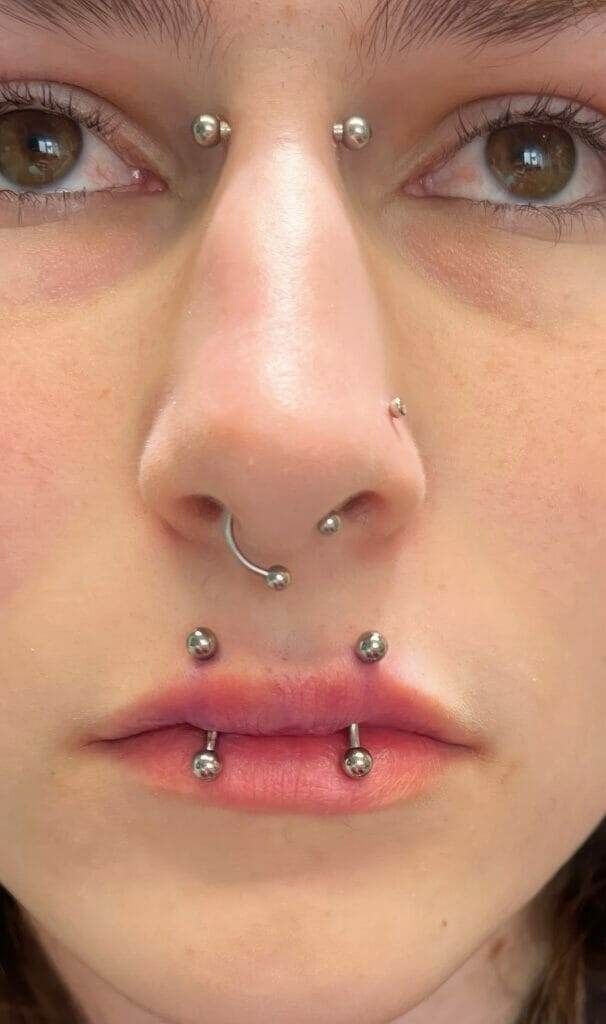
When selecting body jewelry, it is essential to choose pieces that are safe and suitable for your specific piercing. Here are a few things to consider:
- Size and gauge: Ensure that the jewelry you choose is the right size and gauge for your piercing. Too small or too large jewelry can lead to discomfort or complications in the healing process.
- Quality: Opt for high-quality jewelry made from safe materials. Cheap or low-quality jewelry may contain harmful additives or metals that can cause allergic reactions or other health issues.
- Closure type: Different types of piercings require different closure types, such as captive bead rings, barbells, or labrets. Make sure to choose the appropriate closure type for your piercing.
By considering these factors and consulting with a professional piercer, you can select body jewelry that is both safe and suits your personal style. Remember to clean your jewelry regularly and replace it if it shows signs of wear or damage to maintain the health of your piercing.
Pain Management Techniques
Tips for minimizing pain during the piercing process
During the piercing process, there are several techniques you can use to help minimize pain:
- Choose an experienced and professional piercer who uses proper techniques.
- Numbing creams or sprays can be applied to the area prior to the piercing, which can help numb the skin and reduce sensation.
- Deep breathing exercises and relaxation techniques can help distract from the discomfort.
- Applying ice or a cold pack to the area before the piercing can help numb the skin and reduce pain.
- Taking over-the-counter pain relievers, such as ibuprofen or acetaminophen, before the piercing can help reduce pain and inflammation.
Different pain relief options available
If you experience pain or discomfort after the piercing, there are various pain relief options to consider:
- Applying a cold compress to the area can help reduce swelling and numb the skin.
- Taking over-the-counter pain relievers can help alleviate pain and inflammation.
- Using saline solution or a recommended piercing aftercare product can help soothe the piercing and promote healing.
- Some individuals find relief through alternative therapies such as acupuncture, which can help with pain management.
Remember, everyone’s pain tolerance is different, and what works for one person may not work for another. It’s important to communicate with your piercer and follow their aftercare instructions to ensure proper healing and minimize discomfort.
Aftercare Tips for Healing
After getting a piercing, it’s important to follow a proper aftercare routine to promote healing and prevent infection. Here are some tips to keep in mind:
- Clean the piercing twice a day using a saline solution or a recommended piercing aftercare product. Gently rinse the area and pat it dry with a clean towel.
- Avoid touching the piercing with dirty hands to prevent introducing bacteria.
- Avoid submerging the piercing in pools, hot tubs, or bodies of water until it is fully healed.
- Avoid using alcohol, hydrogen peroxide, or harsh cleansers on the piercing, as they can irritate the skin and delay healing.
- Be mindful of your clothing choices to prevent friction, especially during the healing process.
- Avoid changing or removing the jewelry until the piercing is fully healed, unless instructed otherwise by your piercer.
Remember, everyone’s healing process is different, and it may take several weeks to months for a piercing to fully heal. If you experience excessive redness, swelling, or discharge, it’s important to consult with your piercer or a healthcare professional.
Troubleshooting and Potential Risks
Identifying common issues during the healing process
Aftercare is crucial in avoiding complications and ensuring proper healing of the piercing. Common issues that may arise include:
- Infection: If the piercing becomes increasingly painful, swollen, or emits a thick, foul-smelling discharge, it may be infected. Seeking professional advice promptly is essential.
- Allergic reactions: Some individuals may be allergic to certain metals used in jewelry. Excessive redness, itching, or irritation should be addressed by consulting the piercer for alternative options.
- Keloids: Keloids are raised, scar-like formations that may occur around the piercing site. It is important to discuss this tendency with the piercer before getting a piercing.
- Migration or rejection: In some cases, the body may naturally push the jewelry out. If the jewelry starts migrating or if prolonged discomfort is experienced, consulting the piercer is recommended.
Remember to diligently follow aftercare instructions and pay attention to your body throughout the healing process. Consulting a professional for any concerns will ensure proper healing.

